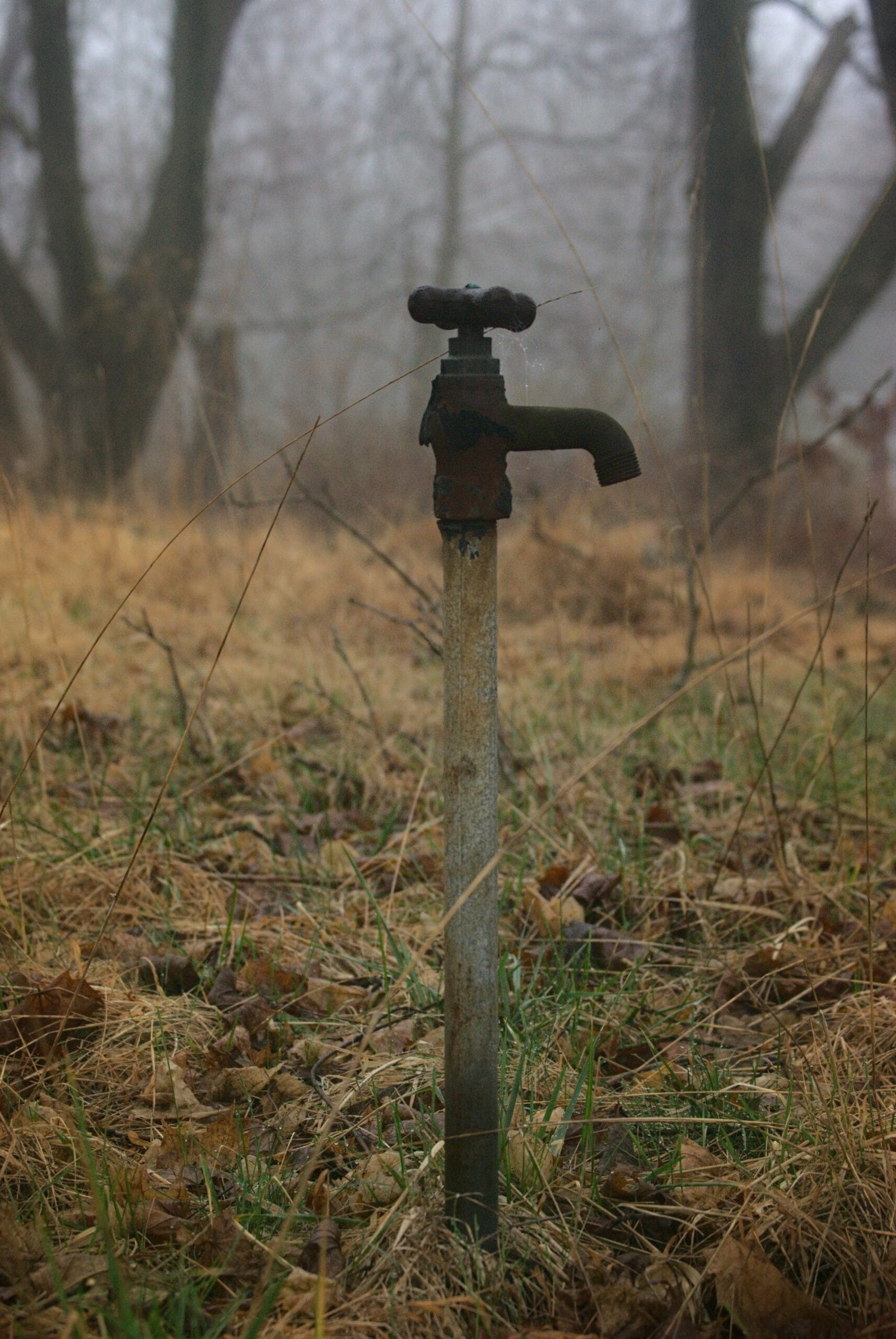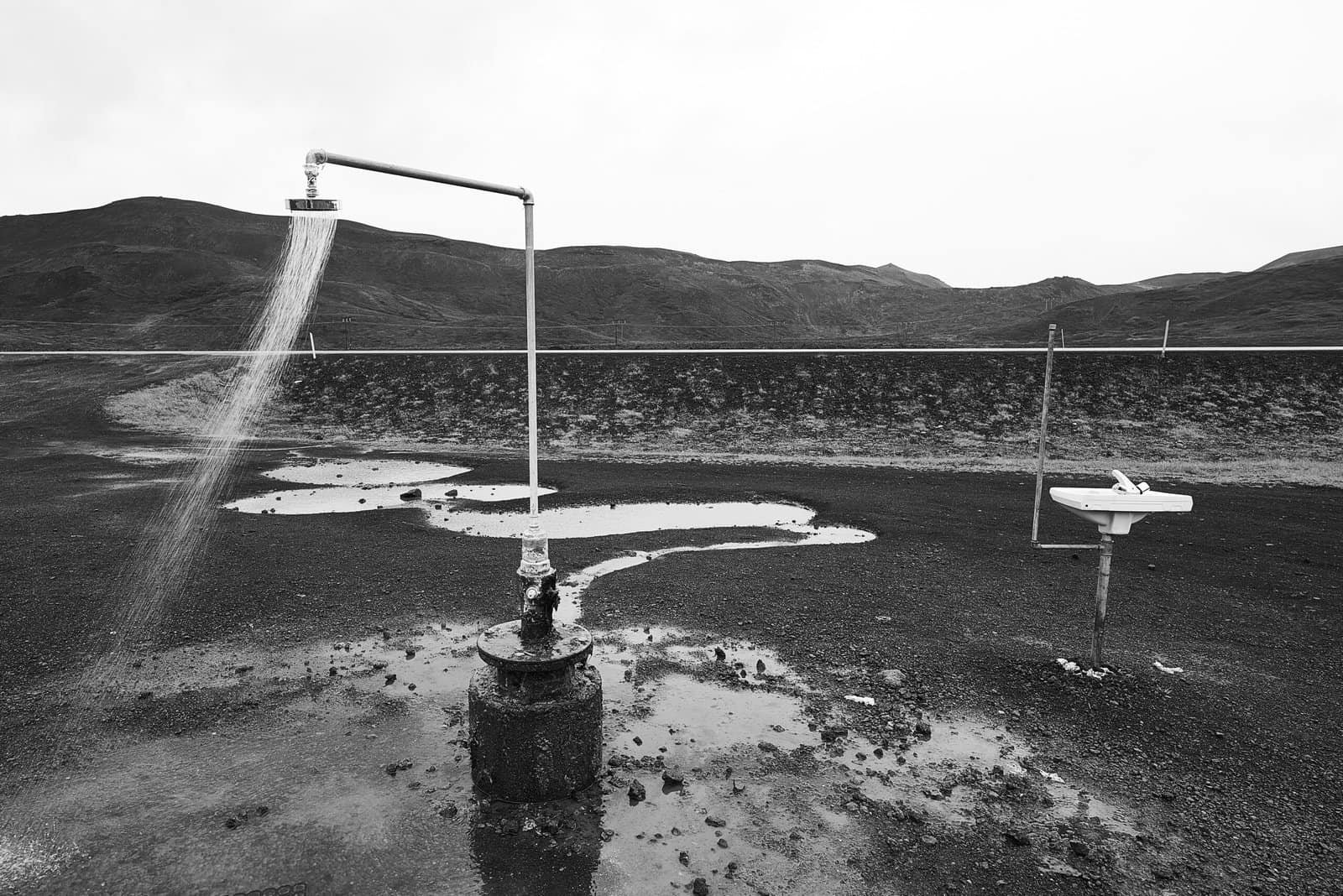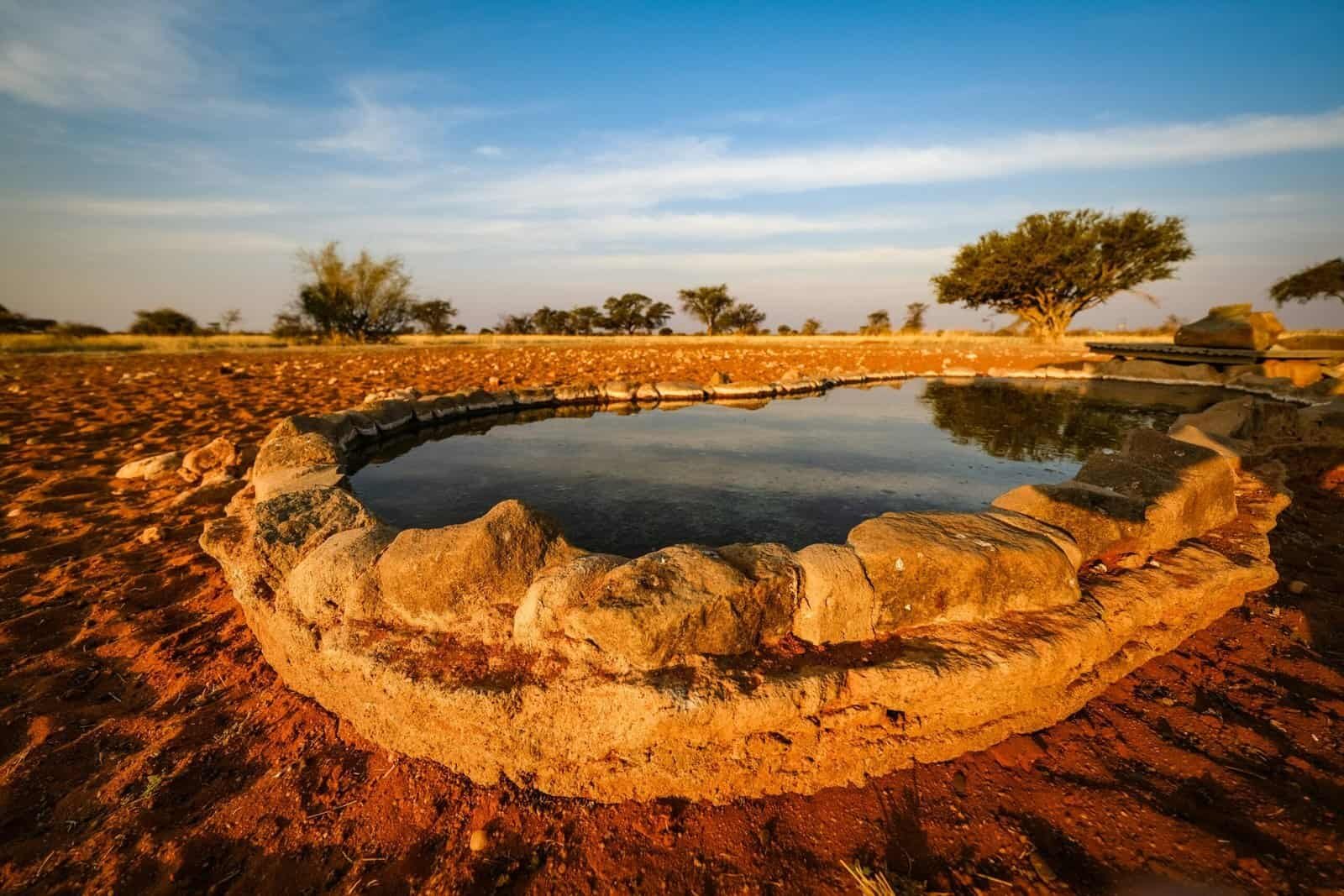Have you ever wondered how to ensure the safety of your well water from chemical contamination? As more areas face environmental changes and increasing industrial activities, understanding how to protect your water source is crucial. Many homeowners rely on well water for everyday needs, such as drinking, cooking, and bathing. Ensuring its purity can be a significant concern for your health and peace of mind.
Understanding Chemical Contamination
Chemical contamination of well water can come from various sources and pose significant health risks. By understanding the potential dangers and origins, you can better guard against them.
What Causes Chemical Contamination?
Chemicals can seep into your well water through several avenues. They might originate from agricultural runoff, industrial discharges, or even nearby septic systems. Agricultural chemicals, such as fertilizers and pesticides, can leach into groundwater. Industrial chemicals, on the other hand, might enter through spills or waste discharge. Understanding these origins helps underscore the importance of monitoring and maintenance.
Potential Health Risks
The presence of chemicals in your well water can lead to several health issues, ranging from mild to severe. Drinking or using contaminated water can result in gastrointestinal illnesses, reproductive problems, and even neurological disorders. Some chemicals might pose carcinogenic risks after prolonged exposure. Recognizing these potential hazards can push you towards taking proactive measures to ensure your water’s safety.

How Chemicals Enter Your Well
Several routes can facilitate the entry of chemicals into your well, making it vital to be aware and take preventative steps.
Surface Water Runoff
Surface water runoff occurs when rainwater or melted snow travels across the ground, picking up various contaminants before entering your well. During heavy rains, runoff can carry fertilizers, pesticides, and other chemicals into the ground near your well, subsequently affecting your water quality.
Groundwater Contamination
Groundwater contamination refers to chemicals from various local sources seeping into the water table. This can occur from local sewage discharge, leaking underground storage tanks, or industrial waste infiltration. Understanding the pathways of these contaminants highlights the importance of the well’s location relative to potential chemical sources.
Permeable Well Construction
Older wells with outdated or damaged construction can create pathways for contaminants. Cracks or gaps in the well casing, as well as improperly sealed well caps, can make the well particularly vulnerable. Ensuring your well is properly constructed according to modern standards is a significant step toward preventing chemical infiltration.

Prevention Strategies
Preventing chemicals from entering your well involves a combination of regular maintenance, strategic planning, and community cooperation.
Regular Testing
Frequent testing of your well water is an essential preventative step. By scheduling regular water tests, you can monitor for chemical contamination and respond swiftly if any concern arises. Testing intervals might vary depending on your location and risk factors, but generally, annual testing is a good starting point.
Recommended Frequency of Testing
| Risk Level | Recommended Testing Frequency |
|---|---|
| Low | Annually |
| Medium | Bi-annually |
| High | Quarterly |
Proper Well Construction
Ensuring your well is constructed correctly is crucial to preventing chemical contamination. This includes ensuring the well casing is intact, the wellhead is above ground and sealed, and the location is away from potential pollution sources. If you’re unsure about your well’s construction, consult a professional for a thorough inspection.
Maintain a Safe Distance from Potential Contaminants
When planning the location of new wells, maintaining a safe distance from pollution sources like septic tanks, agricultural fields, or industrial sites is imperative. Proper zoning ordinances and local guidelines can help determine suitable distances to reduce risks effectively.
Community Collaboration
Collaboration within your community can amplify prevention efforts. Engaging with neighbors, local agriculture, and industries about safe chemical use and runoff management can foster a communal approach to protecting groundwater sources. Together, forming local coalitions or associations focused on groundwater protection might enhance these efforts.

Emergency Steps for Chemical Contamination
If you suspect or discover that chemicals have entered your well, quick action can mitigate risks to your household.
Immediate Actions
If you notice any unusual smell or taste in your well water suggesting chemical contamination:
- Stop Drinking the Water: Immediately cease using the water for drinking or cooking.
- Alternative Water Sources: Opt for bottled water or connect to a treated municipal supply if possible.
- Notify Local Authorities: Report suspected contamination to local health or environmental agencies. They might be able to offer immediate support or guidance.
- Consult a Professional: Engage a water specialist or well professional to assess and address the contamination source.
Long-term Solutions
Addressing chemical contamination might require more substantial actions, such as:
- Installing Water Treatment Systems: Depending on the chemical, specialized filters or treatment systems might be necessary. Ion exchange resins, reverse osmosis systems, or activated carbon filters are common solutions.
- Well Reconstruction: In severe cases, reconstructing the well to modern standards might be the best solution to ensure the long-term safety of your water source.

Maintaining Well Water Safety
To ensure ongoing well safety, adopting good habits and rigorous maintenance is crucial.
Develop a Testing Schedule
Establish and adhere to a regular testing timetable to ensure you catch potential problems early. Beyond routine tests, conducting additional tests following significant weather events, such as floods or droughts, can help preempt possible complications.
Promote Safe Chemical Use
Encourage the reduction or careful management of chemical fertilizers and pesticides in your community. Through education and raising awareness, safer agricultural and landscaping practices can be adopted to protect groundwater.
Stay Updated with Local Policies
Monitoring local environmental policies and regulations can alert you to changes that might affect your well water. Joining local water quality task forces or committees keeps you informed and able to contribute to broader community decision-making.
Engage in Continual Learning
Staying informed about groundwater protection and chemical contamination evolves through ongoing learning via articles, workshops, and community meetings to enrich your understanding and readiness to react or adapt as needed.

Final Thoughts
The task of safeguarding your well water from chemical contamination is a vital responsibility. While challenges exist, informed measures and active prevention can significantly reduce risks. By understanding the water cycle, potential hazards, and engaging in thorough inspection and maintenance, you’ll be better equipped to enjoy clean, safe well water for years to come. Encouraging community efforts further bolsters individual initiatives, creating a collective shield against chemical intrusion into our vital water supplies. With careful planning and vigilance, you shield not only your household but also potentially your broader community and environment from the threats of chemical contamination.
